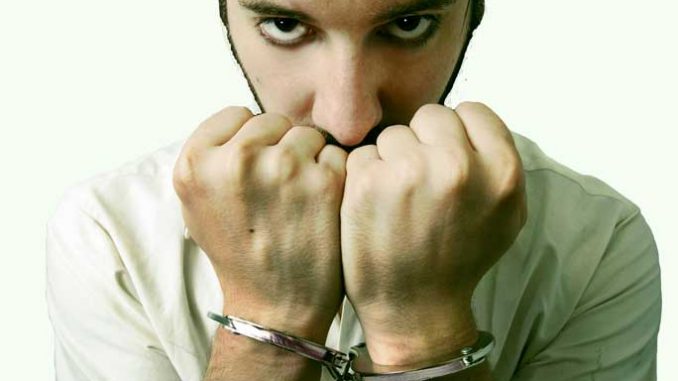

Many would say vaudeville died in the Great Depression, but tucked away in an old theater near Rittenhouse Square, the spirit of the high-energy variety shows lives on.
EgoPo Classic Theatre has carved out a place in Philly, performing hugely-popular and influential shows of the last 150 years, but when it turned to the vaudeville era, it also had to turn to the drawing board.
“Often our titles are really big draws themselves, but here we have to teach our audience members about a subject that they might know a lot less about,” said Lane Savadove, the founder and artistic director of EgoPo.
“We have to develop these scripts from scratch,” he said, noting that it can take six months to a year to get a script ready before it ever enters the rehearsal process.
Temple master’s candidate Brenna Geffers is now deep into the rehearsal process for EgoPo’s upcoming show, “The Life (and Death) of Harry Houdini.” Geffers is the director and primary writer for the show, tweaking it here and there with the actors, three of who are also Temple Owls.
“I feel that it’s the responsibility of art to craft new myths,” Geffers said, adding that Americana figures have prime potential to be forged into myth, especially Houdini, a character who lived in imagination.
“If you say the word ‘magician,’ people still think of Houdini today,” she said. “He was the first national, American superstar.”
One of the world’s most famous magicians, Houdini perfected his illusions on the vaudeville stage, alongside the likes of comedians Charlie Chaplin and Abbott and Costello, and child actresses like June Havoc and Gypsy Rose Lee.
Vaudeville was hot entertainment at the turn of the 20th century and through the 1930s. It was wholesome fun for the whole family, who would go out to see the nine acts of singers, dancers, animals and magicians when the shows came to town. Vaudeville performers were always moving from city to city on the circuits, hoping that one day they would make it to the big time.
“Plays themselves never became famous in the way that we think of them as being famous,” Savadove said, adding that any one play in vaudeville was done in several different formats and underwent constant changes between performances.
“Even Houdini’s own vaudeville performances were never recorded or published in any traditional way,” he said.
Savadove said that American theater, as we know it today, was born in vaudeville; before that, theater was mostly copied from the Europeans.
“Once the vaudeville circuit took off, suddenly, exponentially more Americans were seeing theater than had ever seen it before,” Savadove said, “and we started to develop our own acting style, our own directing style, our own way of doing scene design.”
It was in this time that melodrama was developed, and that, combined with the spectacle of vaudeville, paved the way for the modern American musical.
“It was sort of the birth of contemporary theater, and yet it doesn’t exist on library shelves in any traditional way,” he said.
Even without the printed versions of vaudeville shows, people today are still finding ways to visit the past, whether through themed bars or restaurants, special exhibitions like American Spirits at the National Constitution Center or shows like this one.
While audiences of the early 1900s piled into the rows of seats at theaters and movie houses to see their favorite performers on stage, audience members at “Houdini” will be able to see the spectacle from a different angle. Geffers said all attendees will sit on the stage with the actors, giving them the chance to look out over the lonely lines of red-velvet seats while the actors give all they have in their performance.
“That’s something we are exploring in the show: the empty theater as a character,” Geffers said. “And how lonely that can feel.”
The play itself follows Houdini as he struggles with the idea of death, after the loss of his mother. Dealings in the occult were growing during his time, with people holding séances to contact loved ones beyond the grave.
“Houdini was either so appalled or drawn in by the idea of contacting his dead mother that he tried to do it himself,” Geffers said. “If anyone could do it, it would be him, the ultimate escape artist.”
The play also explores Houdini’s career as an escape artist and dives into what that really meant, asking: What are we trying to escape from?
“Audiences can definitely expect more of a ghost story than a magic show,” Geffers said.
“The Life (and Death) of Harry Houdini” opens Friday, March 29, and runs until April 7 at the Plays and Players Theater at 1714 Delancey Place in Philadelphia. Student tickets are $15. More information can be found at egopo.org.
Rachel McDevitt can be reached at rachel.mcdevitt@temple.edu.


Be the first to comment